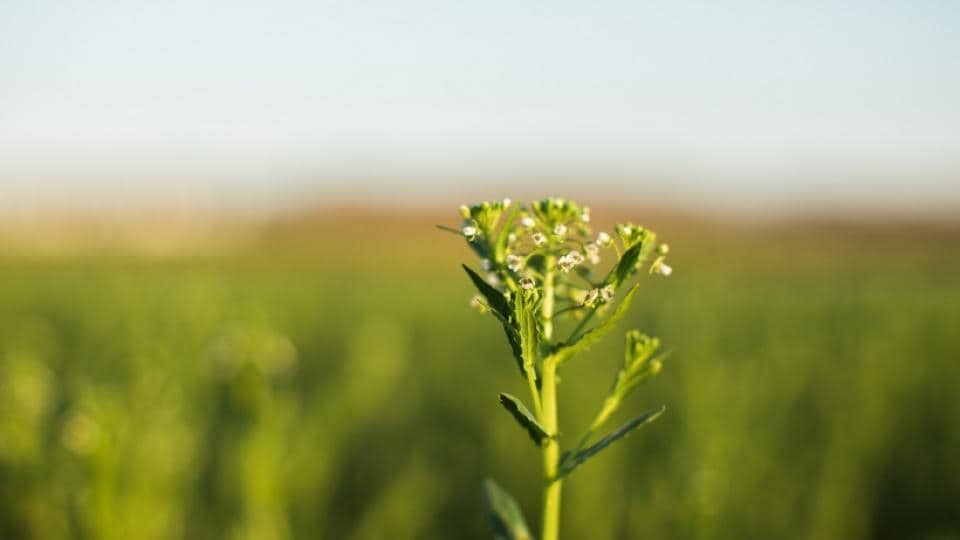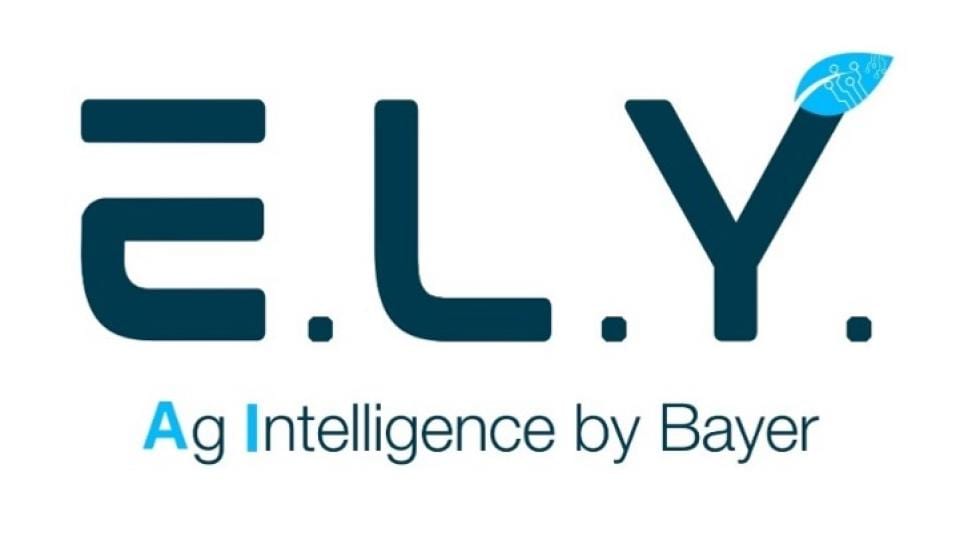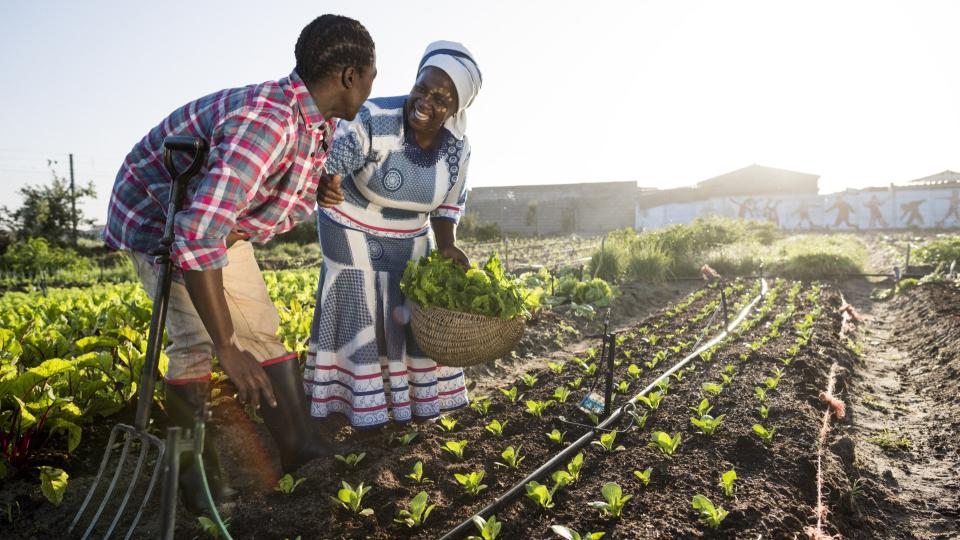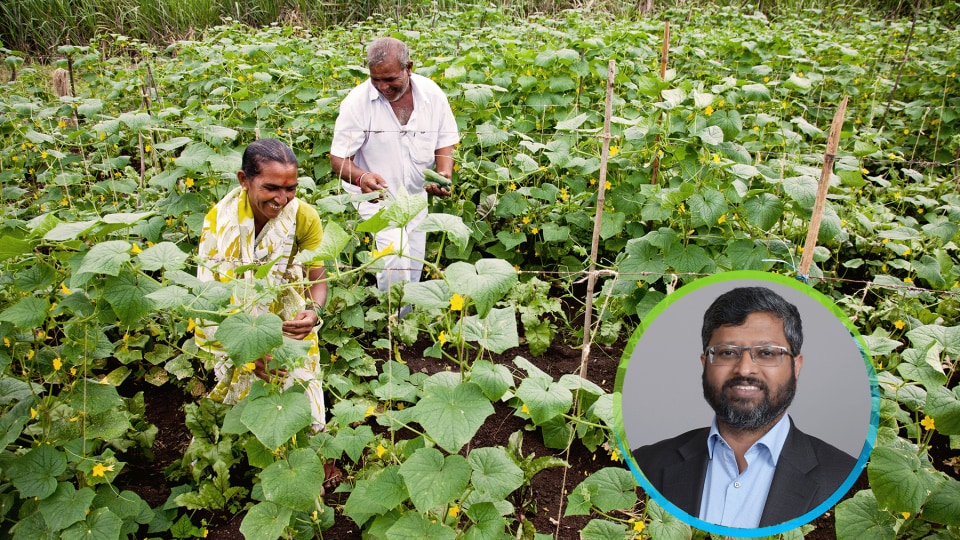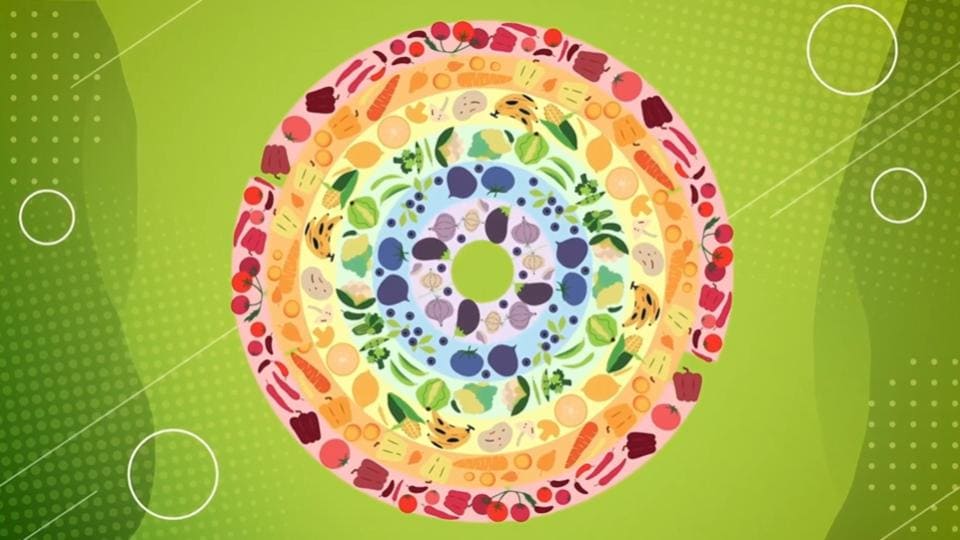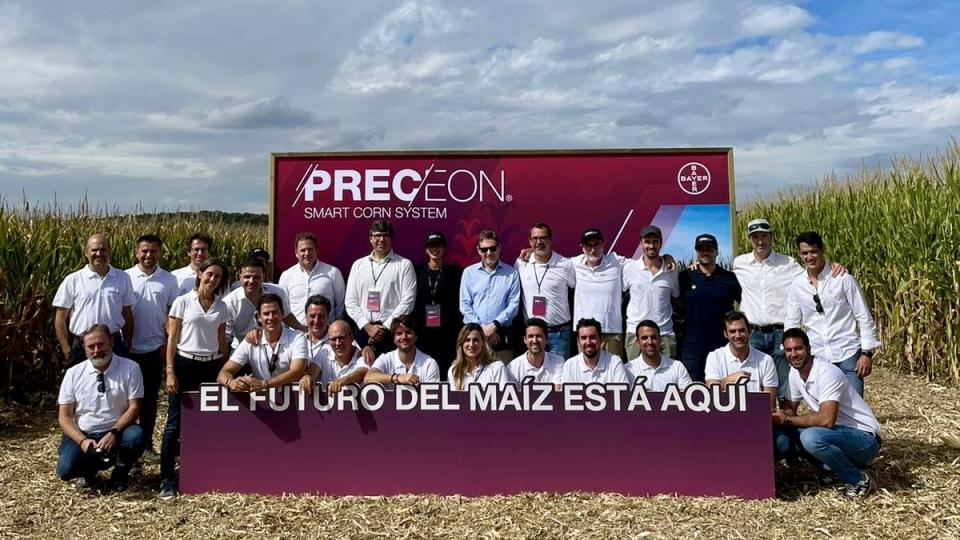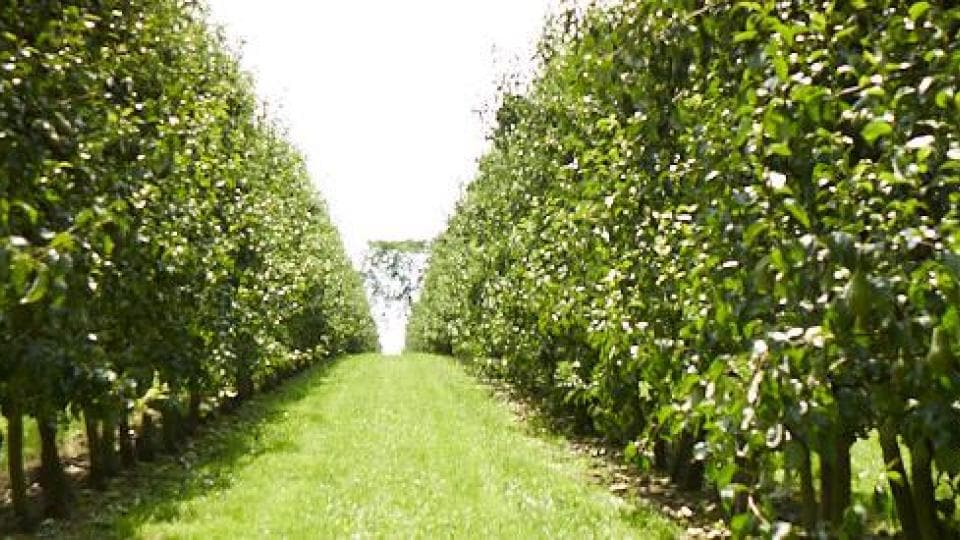Satisfying a Growing Appetite

Proteins form part of every diet around the world. They play many important roles in our bodies from ensuring proper function of tissues and organs to making up our hair, nails, bones and muscles. How much protein we eat – and from what sources – varies greatly based on where you live, climate, growing conditions, availability, and personal preference.
With the global population expected to reach 10 billion by 2050, the demand for protein is growing. While meat has been the main source of protein for years in many countries, new technologies from plant-based proteins to cultured meat could help to satisfy our growing appetite for proteins.
Plant-based Proteins
The foundation of many plant-based alternatives comes from centuries-old recipes using ingredients like rice, wheat gluten, legumes, pressed tofu or tempeh, often with additional flavors to taste more like meat. Soybeans, which along with corn are a main staple of high protein animal feed, serves as one of the main ingredients in many alternative meat products on the market today. These vegetable-based products are attractive to people who want to incorporate more vegetables into their diet, those who choose to not eat meat, or those who want to limit their meat consumption.
Food engineers are creating alternatives that better achieve the texture, appearance and flavour of meat – and they are turning to science and innovation to do it. For example, some plant-based meat alternatives already on the market use precision fermentation to better replicate a meat-like texture and flavor. Precision fermentation uses microbes like yeast or fungi and technologies like genetic engineering to create heme, which gives animal burgers their meaty flavor. Heme is naturally produced in soybean roots but producing enough of it – and digging it up – isn’t environmentally sustainable. Scientists found a solution to lessen the environmental impact by inserting DNA from soybean plants into genetically engineered yeast to produce heme. The technology is still young, but advancements continue to improve nutritional profiles, aesthetics, shelf life, and price.
Leaps by Bayer, the impact investment arm of Bayer, is investing in paradigm-shifting innovations in the health and agriculture sectors including next-generation technologies with the potential to sustainably produce better food with increased protein, fiber and nutrient content. Three of their portfolio companies rising to the challenge are Amfora, NuCicer, and Ukko. NuCicer, the latest Leaps investment, has produced a chickpea with 75% greater protein content at nearly half the cost than the average crop. In the long term, NuCicer is working toward greater chickpea crop resiliency, further enhancing climate resilience such as tolerance to heat, drought, acidic soils, and disease. And in the future, science and innovation could even help grow plants that support specific dietary needs. Ukko is using recent breakthroughs in AI and protein engineering to develop crops with fewer allergens like gluten and peanuts.
Cultured Meat
The emergence of cellular agriculture aims to deliver products traditionally made through livestock rearing that require no, or significantly reduced, animal involvement. Cultured Meat is a product that’s been grown from the cells of animals. Still in the early stages of development, cultured meat is a very targeted approach, because only the desired cut is produced – there is no need to source it from an entire animal. Cultured meat could therefore significantly reduce the number of animals needed to be reared.
One of the main challenges with cultivated meat is efficiency: it is still an expensive, resource-intensive process. The first cultivated burger in 2013 was $330,000 USD to create. Costs have since come down drastically, with companies having already reduced production costs by 99 percent. And while projections show cultured meat could reach cost parity with conventional meat by 2030, the question remains whether it will be scalable.
According to the Good Food Institute, more than 60 companies in six countries are working to produce cultivated meat. In 2020, Singapore became the first country to approve the sale of cultured chicken. Experts anticipate cultured meat will be approved for sale in the U.S. in the next two to five years. Fork & Good, another Leaps by Bayer portfolio company, is pioneering a new approach to cultivating meat at large scale. Their patented process for growing pork, the most eaten type of meat around the world, has already increased yield by a factor of 100, bringing cultivated meat closer to tables everywhere.
No One Size Fits All Solution to Meeting Global Demand
Whether we’re talking about plants or animals as the source of the protein we eat, all protein is important. Consumers are driving the desire for healthy and sustainable options that incorporate animal proteins and their alternatives.
There is no one size fits all solution to meeting the global demand for food and protein. Meat has and will continue to play an important role in our food system and diets. According to Our World of Data, livestock farming is a vital source of income for many around the globe, and in lower-income economies where diets are not as diverse, even small amounts of meat can provide an essential source of protein and micronutrients. However, while the plant-based protein market currently represents a relatively small piece of the global protein market, consumer demand is rising.
And because growing crops and animal agriculture go hand in hand, sustainably meeting protein demand for people and animals begins with improving the ways we grow plants, using less water, less land and less energy, as well as fewer carbon emissions.
How Bayer is Advancing Innovation
Together with our partners, Bayer advances innovations that help farmers to sustainably produce nutritious food and feed: developing new crops that help farmers use resources more efficiently, pioneering digital tools like drones and data to help farmers monitor and maximize their resources, and incentivizing farmers to adopt climate-smart practices that not only reduce greenhouse gas emissions, but can actually remove them from the atmosphere - helping to grow food for a growing population while respecting planetary boundaries and conserving natural resources.











